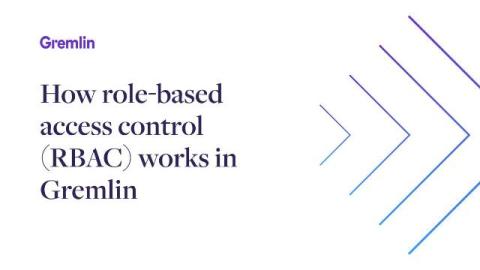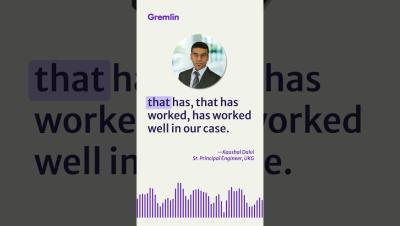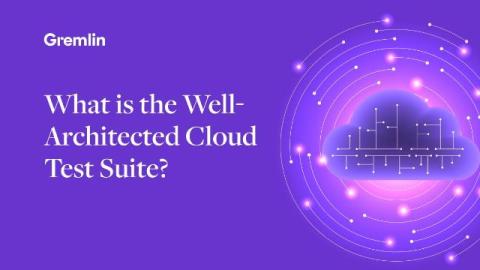How role-based access control (RBAC) works in Gremlin
Reliability testing and Chaos Engineering are essential for finding reliability risks and improving the resiliency of systems. Gremlin makes it easy to do so, but not every engineer needs access to the same experiments, systems, or services. That’s why we released customizable role-based access controls (RBAC), letting Gremlin customers control which actions your users can perform in Gremlin.














